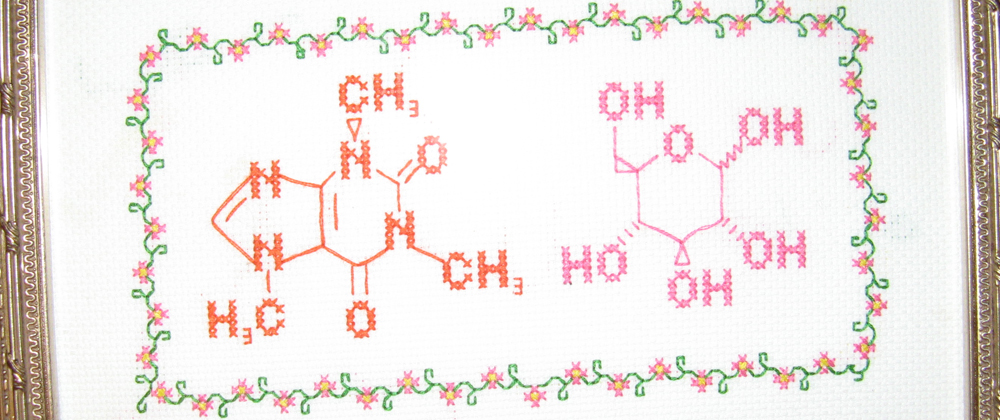On the Twitters, becca pointed me to this post which raises an interesting evaluative question:
I was recently completing a recommendation form for a former student and was asked to “rate the candidate on a scale of 1 to 10 for his Honesty & Integrity”. What meaningful answer can I hope to give? What level of honesty earns a 8? How much do you have to steal to earn 3?
I am sympathetic as far as the challenge of evaluating this.
I’m guessing some people would reject the notion that a ten-point scale is appropriate here, since (they might argue) honesty is one of those binary properties that is either “on” or “off”. Being a little bit honest, on this view, would be as nonsensical as being a little bit pregnant.
And, maybe that’s an appropriate way to conceive of individual acts of honesty or dishonesty, where you are making a representation that is truthful or you are making a representation that is not truthful. Maybe it’s not, though, since you might view offering a totally made-up lie as a more serious departure from the Platonic form of honesty than leaving out a particular true piece of information. If there’s one thing I’ve learned from playing “Two Truths and a Lie” with other philosophers, it’s that there are lots of interesting ways to make a claim that departs from the truth, the whole truth, and nothing but the truth.
However you want to keep score on magnitudes of individual claims, though, I think we also have to recognize that evaluating the honesty of an individual is a more complicated project. Individuals, after all, tend to make lots of different representations, in lots of different kinds of contexts. There may be some contexts in which they play faster and looser with the truth, and others where they are extremely careful and rigorous. Presumably, these contexts matter. A graduate program might have no worries at all about the applicant who cheats on sit-ups, or counting strokes in miniature golf, but have huge worries about the applicant who made up every single bit of data in her lab notebook. One of these contexts seems more immediately relevant to the milieu in that the graduate program cares about than the other.
Not that I don’t have worries about a habit of lying in one milieu creeping into one’s behavior in others — I do. However, holding out for people who are 100% honest about everything is a good way to whittle your applicant pool to zero.
Besides which, what kind of actual data would an evaluator have to go on here? Honesty and integrity seem to be qualities that we assume someone has until we are faced with evidence to the contrary — for example, we tend to assume a student is honest until we catch her cheating. So, ranking someone highly on the scale might just amount to saying, “I’ve never caught him in a lie.” You’re flagging a lack of evidence of dishonesty, but that’s not quite the same as positive evidence of honesty.
Finally, I think what would be more meaningful to know about an applicant is whether he or she has been honest in circumstances where being honest is difficult — where a lie or an omission might make life significantly easier. If the applicant has stepped up to be honest in a situation where being honest created extra work, that’s someone whose commitment to honesty is serious. Especially if it’s robust, and he or she is honest in the next situation where being honest brings additional responsibilities. However, I’m not sure that this is information one is likely to get about a student in the typical college course, or even about an advisee in a typical supervised research environment. Maybe you could build such tests-of-character into those situations (as Willy Wonka did in his chocolate factors), but it would be hard to do so ethically.
Ultimately, then, can we expect that your typical college professor can provide such a seemingly-objective numerical ranking of a student’s honesty and integrity without being a little bit … dishonest?










